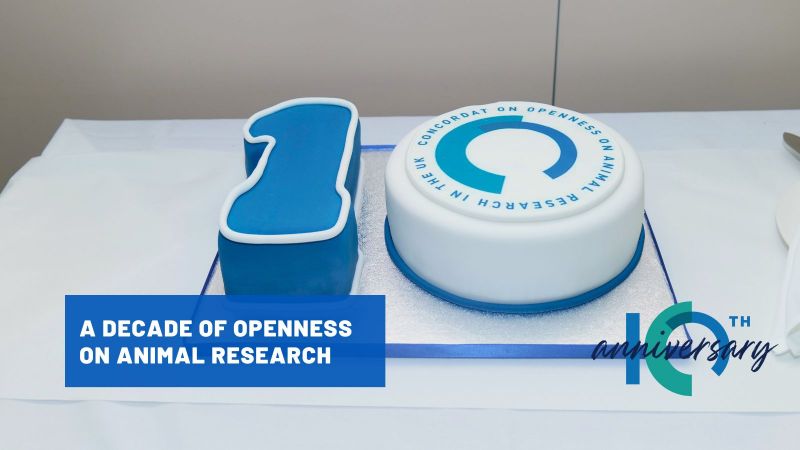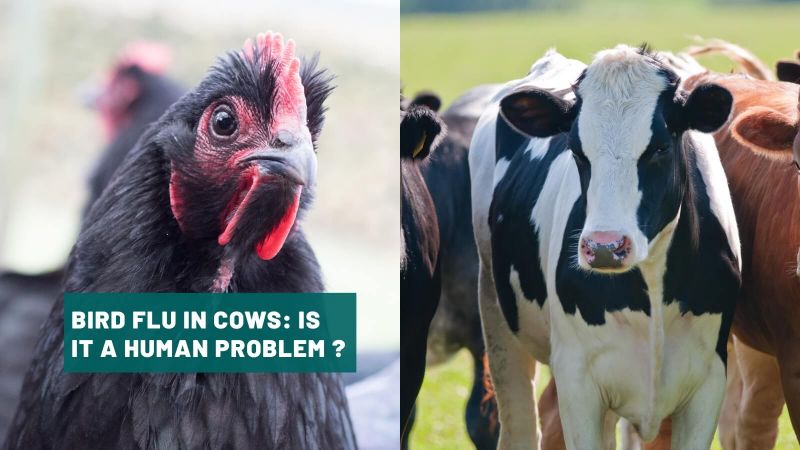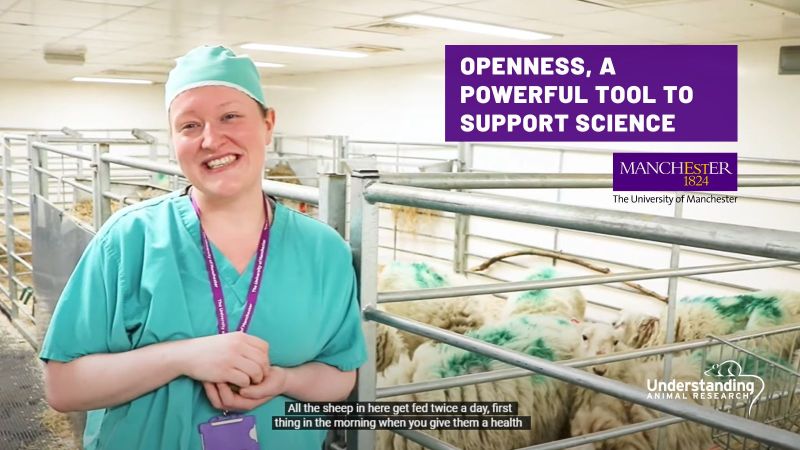Meningitis
 Vaccines for several types of meningitis have been developed in mice and have resulted in a huge fall in the disease. Previously many victims died or had amputations or organ damage.
Vaccines for several types of meningitis have been developed in mice and have resulted in a huge fall in the disease. Previously many victims died or had amputations or organ damage.
Meningitis, swelling of the membranes covering the brain and spinal cord, is caused by various organisms including bacteria and viruses. Bacterial meningitis is the most dangerous - it can kill within hours. Meningococcal infection accounts for most cases of bacterial meningitis in the UK. Anyone can develop meningitis, but children, especially those under 18 months, are at greatest risk.
About 10% of the 3,000 people who develop meningococcal disease each year in the UK still die - despite advances in intensive care - with mortality rising to 40% in children who develop septicaemia.
Antibiotics have limitations. Their effectiveness depends on how quickly they are given and the severity of the illness. So priority has been given to developing vaccines because of the devastating speed with which meningococcal meningitis can kill.
Vaccines are now generally available to prevent most types of meningococcal disease - namely groups A, C, W-135 and Y. The notable exception is meningococcal B, but supported by animal studies, doctors are testing a 'B vaccine' in babies. The ultimate aim is to produce a universal vaccine against all forms of meningitis.
Haemophilus influenzae type b (Hib) used to be the commonest cause of bacterial meningitis. The number of reported cases in the UK fell by 96% after the launch of the Hib vaccine in 1992. Previously there were 800 cases in the UK every year, mostly in babies. Each year about 30 babies died and about 80 suffered long-term brain damage, deafness and other disabilities.
The characteristics of the antigen, the part of the bacterium which stimulates the immune system, stymied initial work to develop a Hib vaccine. The problem was a large molecule, known as PRP, on the surface of the bacterium. PRP vaccines could not produce immunity in children under a year - those at greatest risk. But studies in mice and rabbits showed that coupling PRP to a protein overcame this problem, producing a powerful immune response.
A major challenge today is to discover medicines which will prevent brain damage that may occur even after antibiotics have kicked in. Two natural chemicals have a key role in brain cell injury and could be targets for new therapies. One of these has been found to destroy parts of brain cells and to trigger activity resulting in inflammation and swelling in the brain - hallmarks of meningitis.
Blocking this activity was found to reduce brain cell injury in rats, but it can take years to translate a finding like this into life-saving therapy.
IMAGE©ISTOCKPHOTO/MIKE_KIEV



